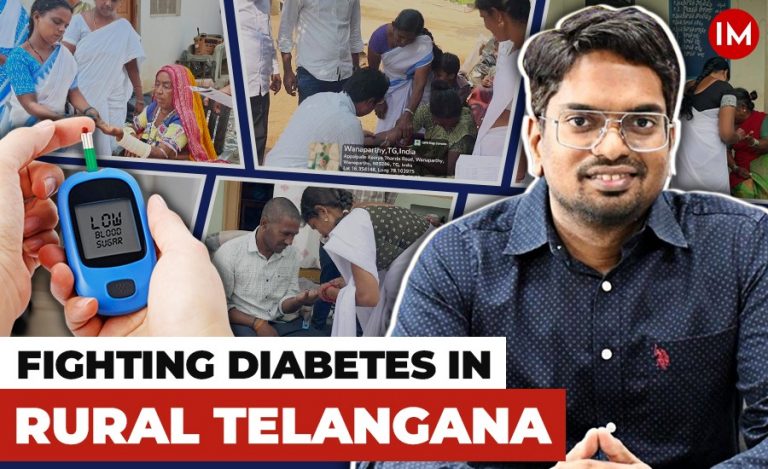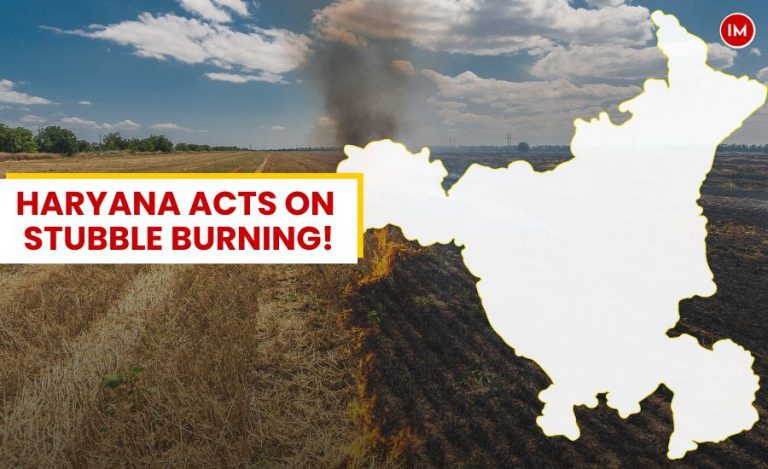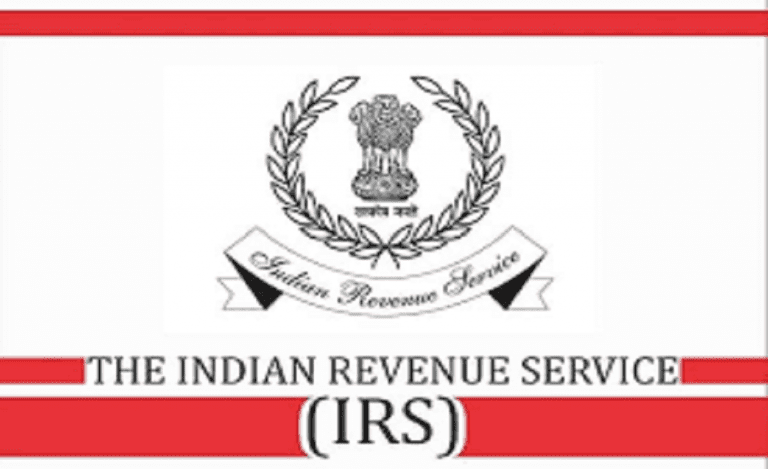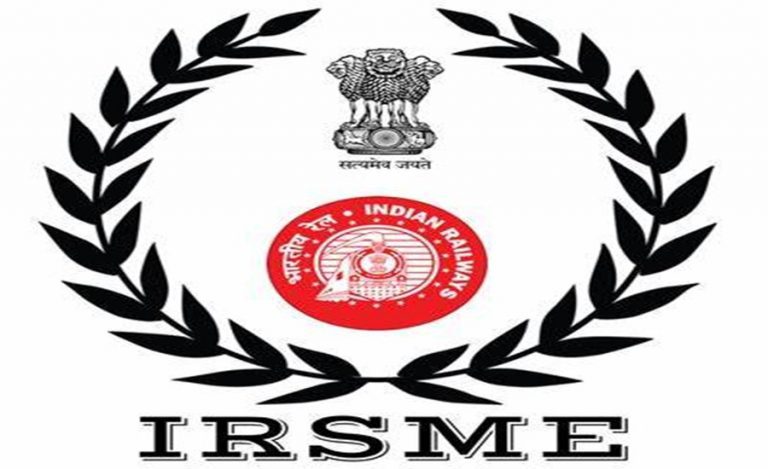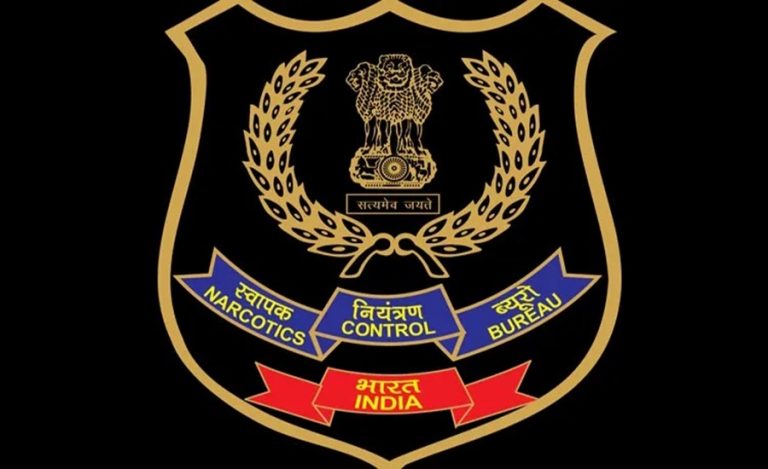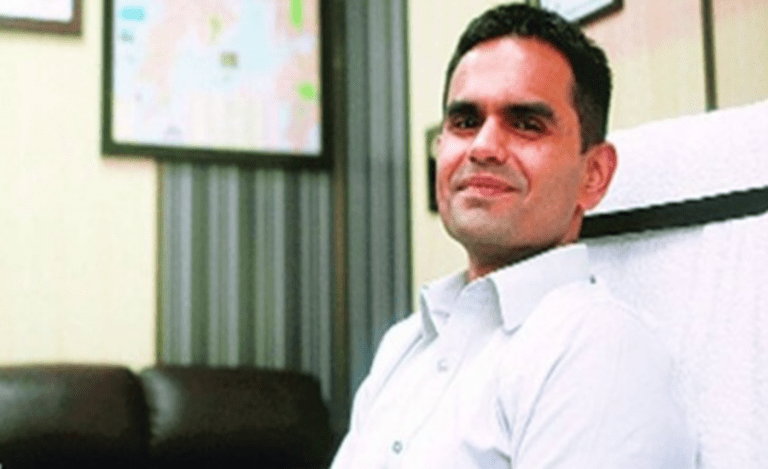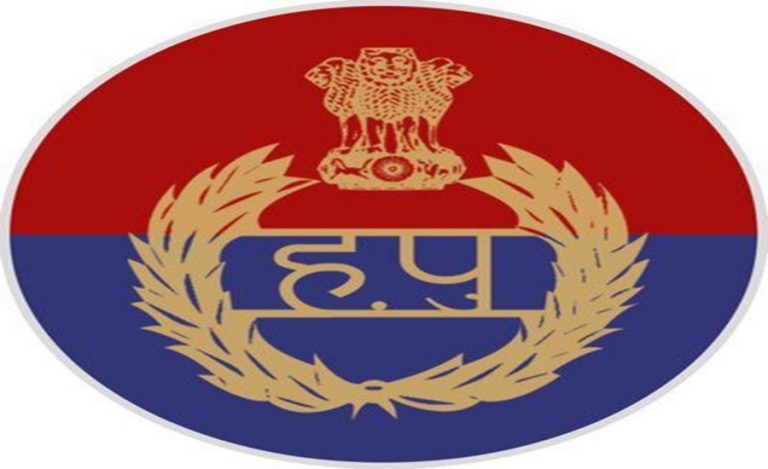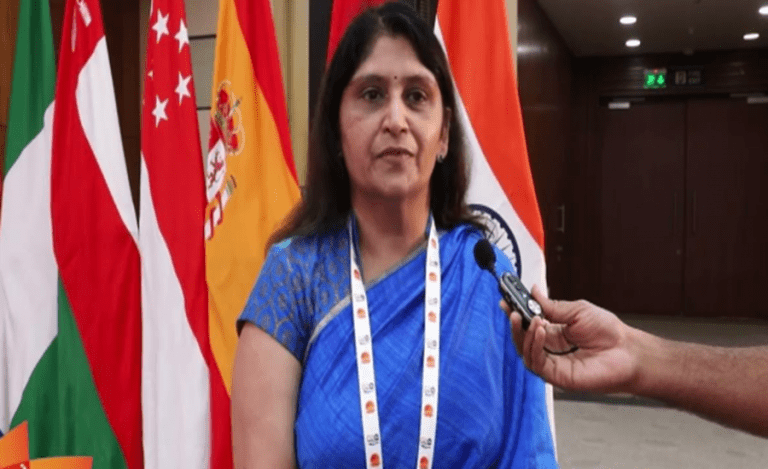Owing to its flat terrain and closeness to sea level, as well as the construction of thousands of large yet shallow lakes, Chennai faces severe floods almost every year. The majority of Chennai’s issues are related to its insufficient and negligently maintained infrastructure, which leads to leaks, clogged drains, and overworked sewage systems. These issues have been in Chennai for decades.
Now, the Greater Chennai Corporation has come out with appropriate plans to mitigate the city’s flood problems and has appointed three IAS officers from engineering backgrounds as Regional Deputy Commissioners for sorting out flood-related issues in the affected areas then and there.
Indian Masterminds spoke with 2017-batch IAS officer Sivaguru Prabhakaran, one of the commissioners, to understand the situation and the steps taken to avoid flooding in the city.
MITIGATING FLOOD ISSUES
As the first step, the Greater Chennai Corporation (GCC) has started adopting localised solutions for resolving issues of waterlogging during the northeast monsoon. The civic engineers were given the advice to seek localised solutions in a number of locations following the start of the monsoon.
Mr. Prabhakaran joined GCC around a year ago and immediately took down data on all the places where water flooding was a major issue. He gained knowledge of the areas where water was stagnating, the reason behind it, how many days was it stagnating, the pumps utilised to recede the water, the time required to recede it, and much more.
“I did a thorough research and then categorised the problems. For these issues, in our region alone, over 14 places had severe infrastructural issues resulting in over 30-40 areas getting flooded. We decided to go for a new arrangement, and first and foremost, placed an easily operable shutter to be used when the water level of the river rises and it starts flowing. It is really helpful in controlling the water flow at the very beginning itself, as it stagnates the water and doesn’t allow it to reach heavy flood-prone areas, making it easier for us to work and resolve the problem,” Mr. Prabhakaran told Indian Masterminds.
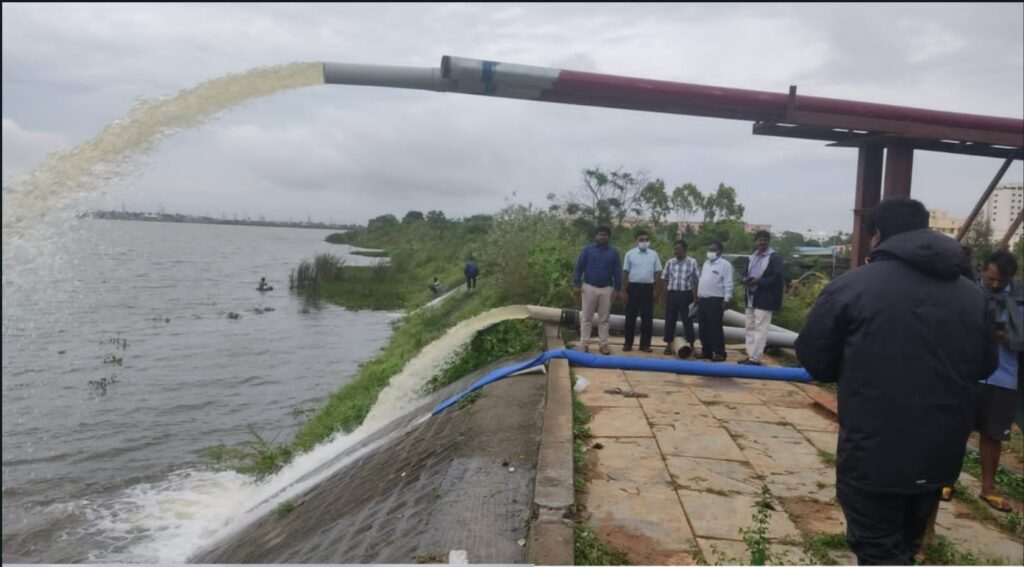
CONSTRUCTING CULVERTS
Next, GCC worked on installing good-quality pumping motors after estimating the amount of water that could stagnate in the areas. The corporation has deployed electrical motors and well-established systems through which a proper arrangement has been set up to divert the water in order to avoid floods.
Once the water is pumped out and diverted to the rivers, minute changes here and there are left to nullify the effects of floods, mainly in places where construction is taking places, such as highways, national highways, interior roads, main roads, and private roads.
“For private roads, we ask the concerned company to make culverts designed by civil engineers, which is then supervised by me. Through CSR funds and beneficiaries, we constructed mass culverts of big size to drain the water. The culverts will be useful for the next 30 years and are already giving excellent results,” shared the officer.
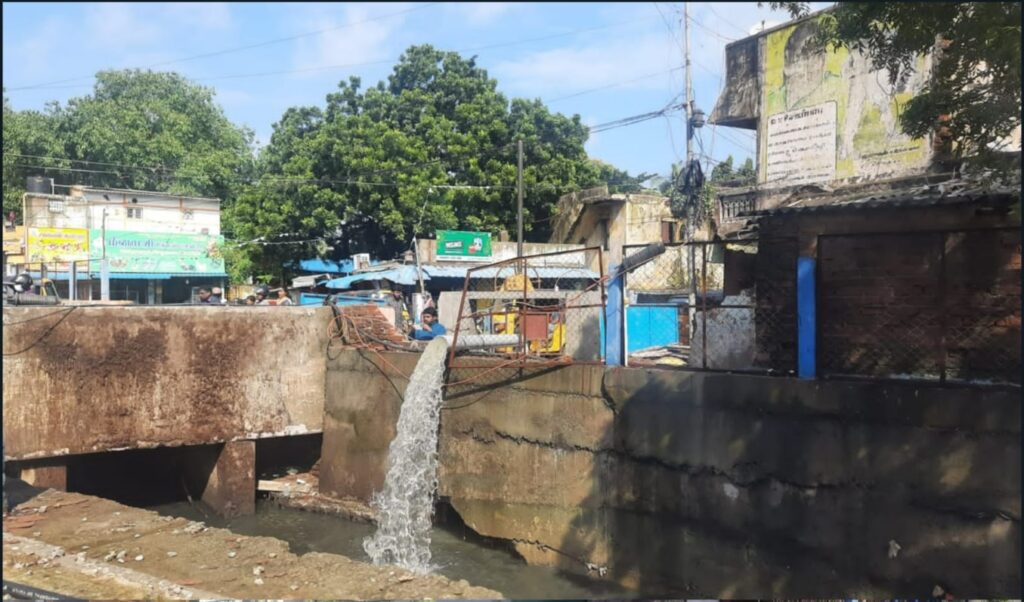
WORKING ON PROBLEMATIC AREAS
After residents and motorists complained about waterlogging in Tamil Salai at Egmore in front of Mathsya Hotel during the previous rainstorm, engineers installed Hume Pipes to take the water to the major drain. It was set up overnight by a team led by Mr. Prabhakaran and a zonal officer. This effectively halted the flow of water over there.
Similarly, in Pallavan Salai, Kolathur, there is an old brick drain structure which had actually collapsed and its flow was obstructed. As an immediate solution, the Corporation, instead of constructing a new drain, put up a precast drain structure in just two days, which eased out the water flow in that location.
In the case of flooding in Aziz Nagar and Subramaniapuram, engineers changed the entire watershed from the Adyar to the Cooum to provide local solutions. Water from Aziz Nagar and Subramaniapuram was diverted to the Trustpuram Canal, eventually leading to the Cooum. Otherwise, the water was routed to the Mambalam Canal and then to the Adyar. This has provided relief to the T. Nagar areas and critical habitations.

Furthermore, Kolathur residents had demanded that the Corporation carry out work to alleviate waterlogging in areas such as G.K.M. Colony. Steps to even out the intensity of water flow in Kolathur provided significant relief to 70 Feet Road, which is frequently flooded.
Even in the Ripon Buildings area, water was diverted to the Buckingham Canal via the local railway station area, and the GCC installed additional pumps and built sumps to prevent flooding in the event of heavy rain.
“Another example of the localised solution which has been successful this monsoon is opposite the Police Commissioner’s Office on Poonamallee High Road. To divert the water to Cooum, the Corporation, Highways and Railways coordinated to install huge precast drains and a huge sump inside St. Andrews Church premises and pumped water directly to the Cooum through pipes. That gave relief to the area around the Egmore railway station,” stated the officer.
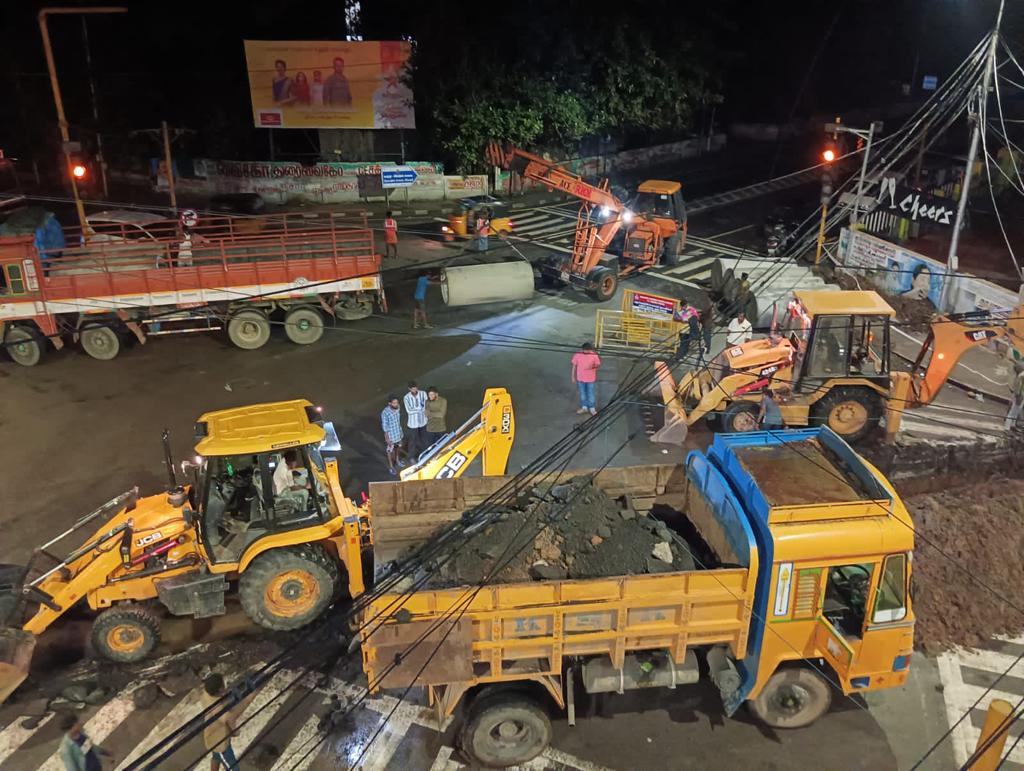
A COMBINED EFFORT
With proper ideas and quick implementation of solutions, the officers’ efforts have resulted in good efficiency in mitigating floods. This year, all the important roads of the district were free from flooding because of the combined efforts put into pumping out the water and diverting it back to the rivers.
“We are examining more localised solutions for other waterlogging problems wherever they are reported. Currently, the focus is primarily on preventing waterlogging on major roads to prevent any disruption of traffic flow in the city during the rain. I have recorded all the information required, and based on it, we will be going for a detailed survey of the regions and provide localised solutions wherever required, based on the survey and inspection,” he said.
Chennai residents have been requested to call 1913 to report civic issues caused by waterlogging during the northeast monsoon.




